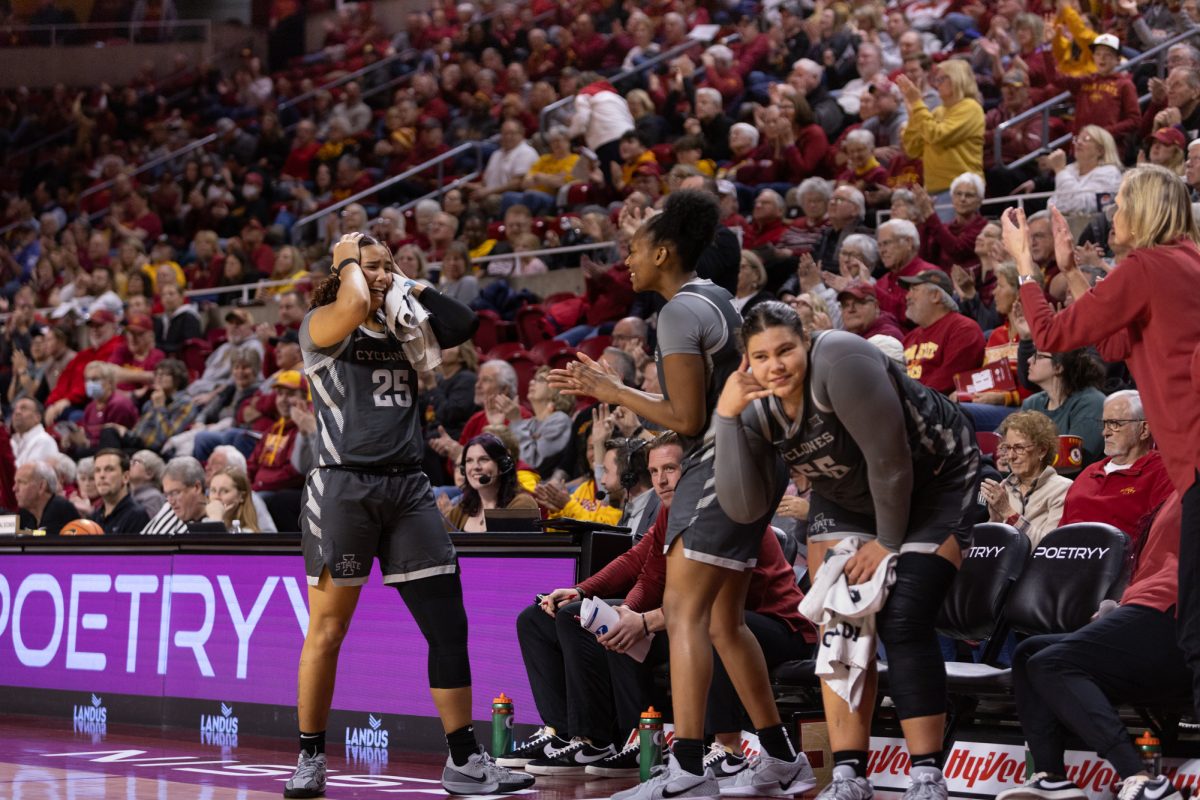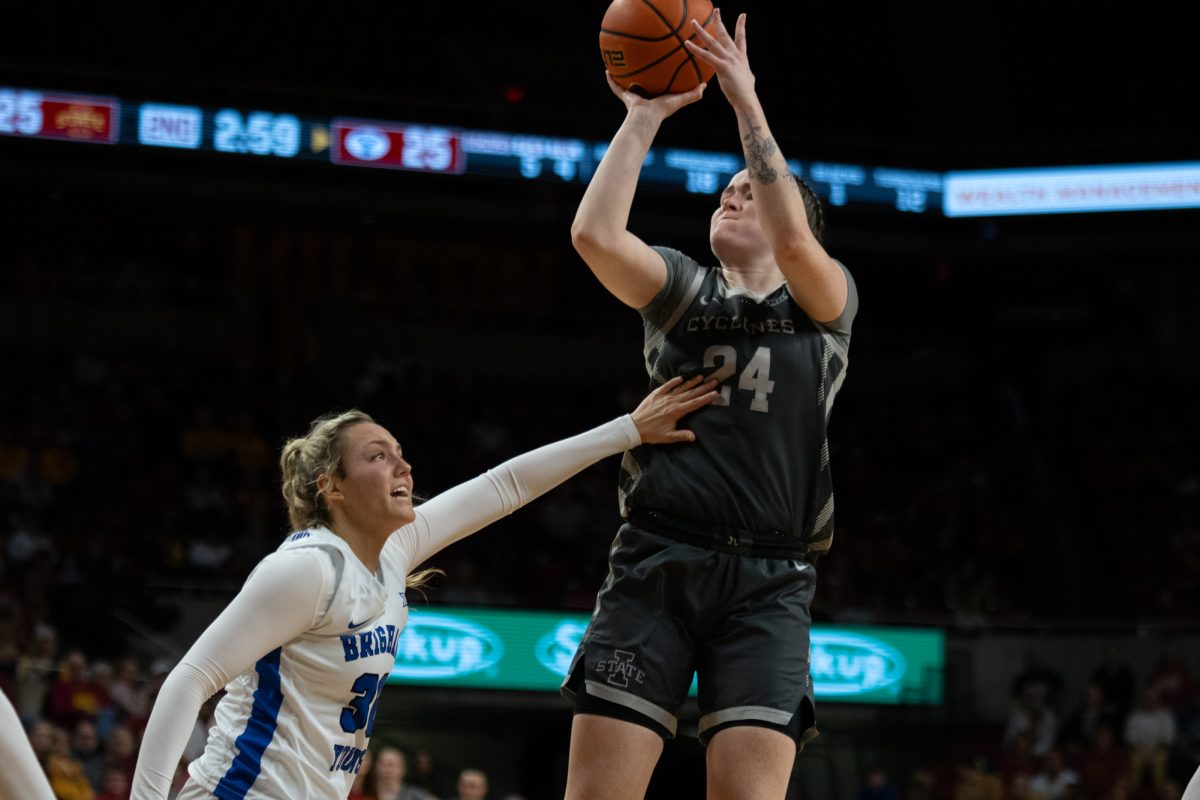Cure possible for caffeine addiction
March 26, 2002
A triple espresso may not be the perfect remedy for pulling an all-nighter, but it and other caffeinated products are a widely used solution among college students. Regular use of caffeine can lead to addiction, however, and there are alternatives to the chemical compound, said several local health professionals.
Caffeine users can build their tolerance to the chemical, or develop a psychological dependence on it, said Frank Schabel, assistant professor of health and human performance.
“I have to drink coffee in the morning to get going,” said Jim Reis, senior in marketing.
“I drink three or four cups a day -I’m addicted. If I don’t drink it I get cranky.”
Irritability is one of the many signs of caffeine addiction, Schabel said.
“Insomnia, irritability, headaches, muscle twitches and anxiety are all symptoms of caffeine withdrawal. If you develop these symptoms after four hours without caffeine you are considered addicted,” Schabel said.
On average, people tend to consume between 200 and 500 milligrams per day, said Connie Schmitt, registered dietitian and manager of nutrition services at Mercy Hospital, 1111 6th St. in Des Moines.
“Drip coffee has the most caffeine, usually around 230 milligrams per 8 ounces, but it depends on how strong the coffee is,” Schmitt said. “People tend to think that soda has the most, but really a 12-ounce serving of most sodas only has about 50 or 60 milligrams of caffeine.”
Caffeinated drinks such as soda, coffee and tea are popular in the United States, Schabel said.
“One cup of coffee in the morning doesn’t hurt you,” he said.
“You can’t die from too much caffeine – you would have to drink over 100 cups a day to overdose from it,” Schabel said.
Schmitt said there are many ways for students to cut back on their caffeine intake, such as substituting water or juice for soda and snacking on crackers or pretzels to help stay awake while studying.
“Getting a good night’s rest, moderate exercise and drinking lots of water are all preferred alternatives to caffeine,” Schmitt said.
“I don’t recommend quitting cold turkey. You should try to cut back slowly to eliminate withdrawal symptoms,” she said.
Some methods, such as mixing decaffeinated coffee with regular coffee to reduce caffeine levels, will help cut down the intake of the chemical.
“Don’t switch to decaffeinated coffee or caffeine-free soda right away – withdraw slowly,” Schmitt said.






